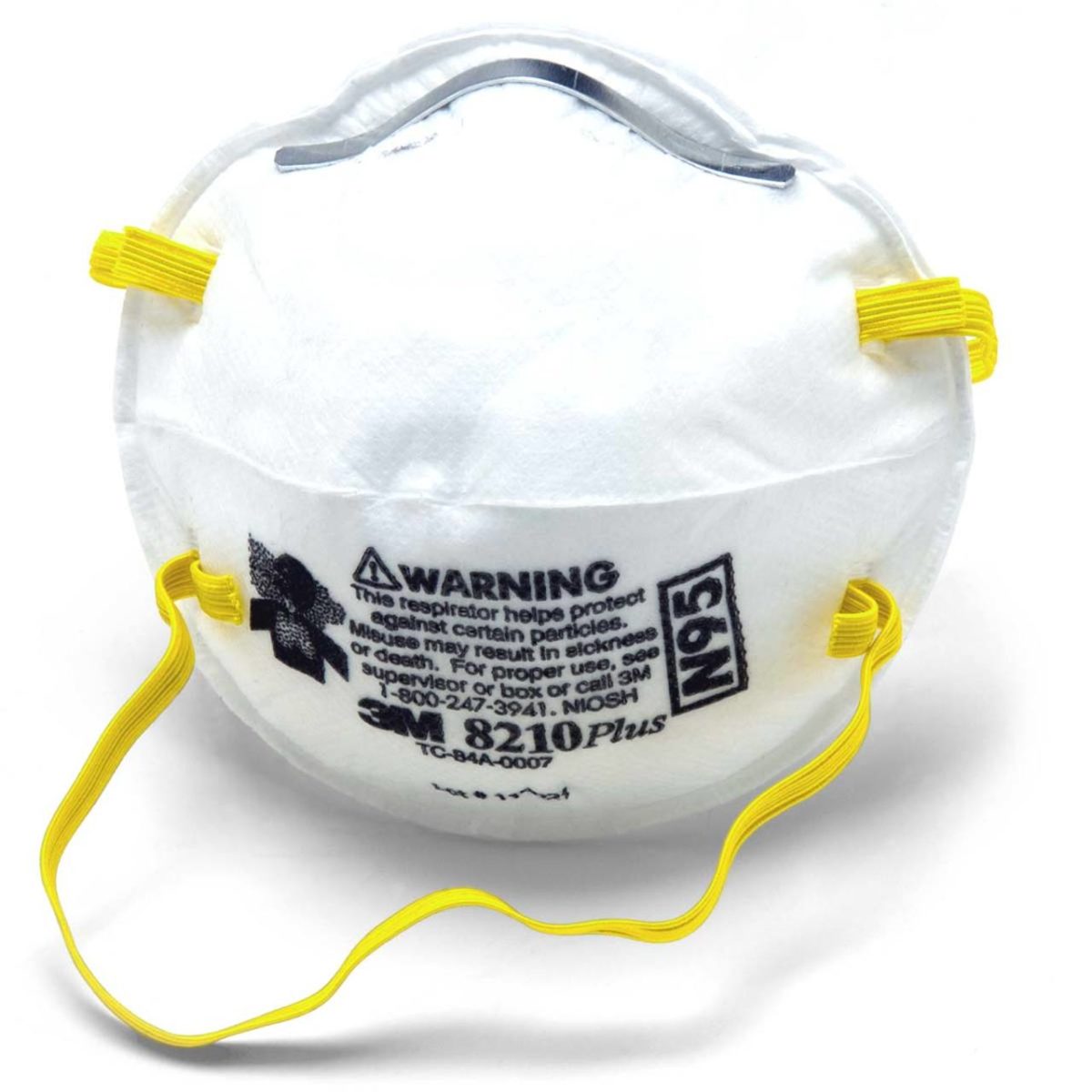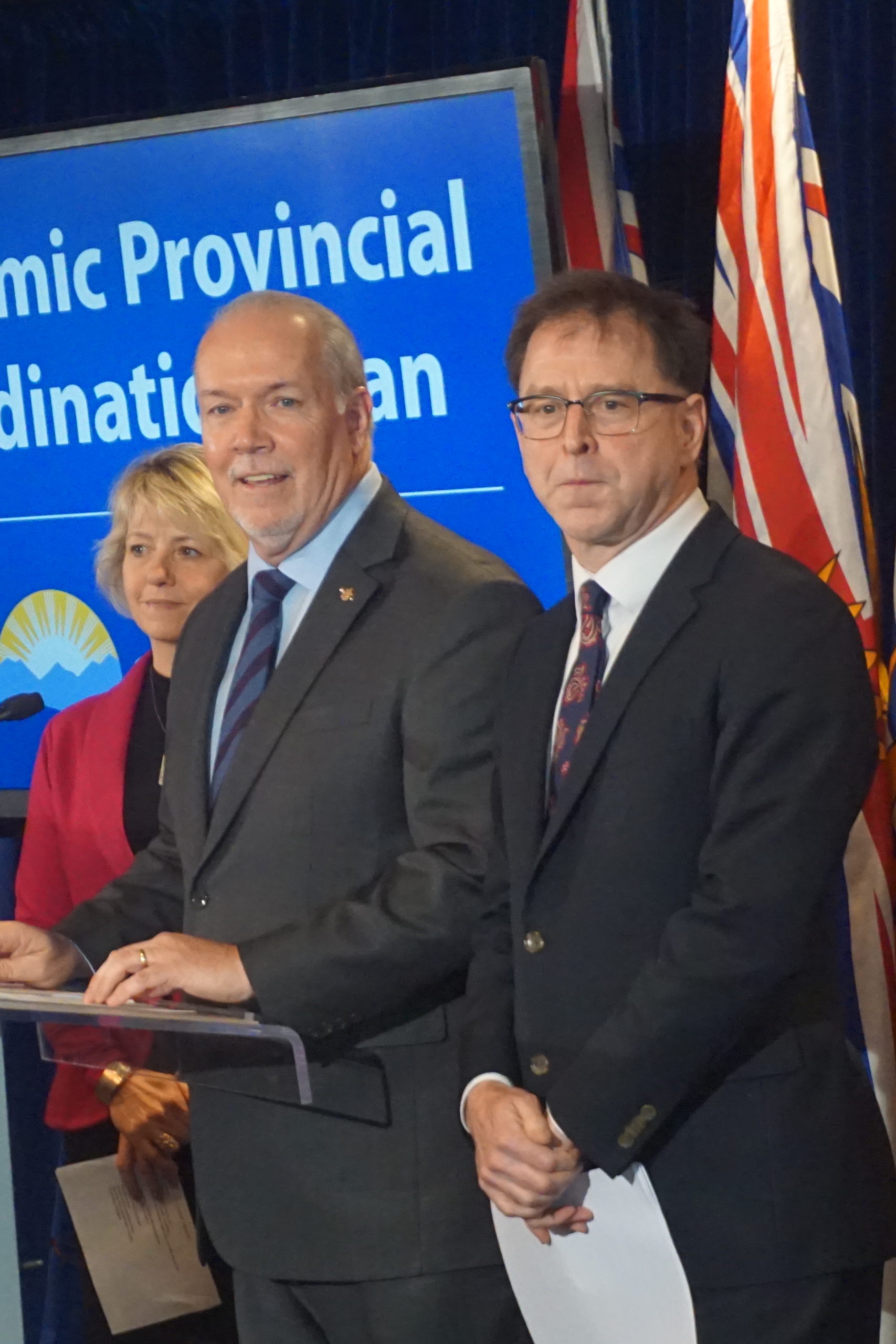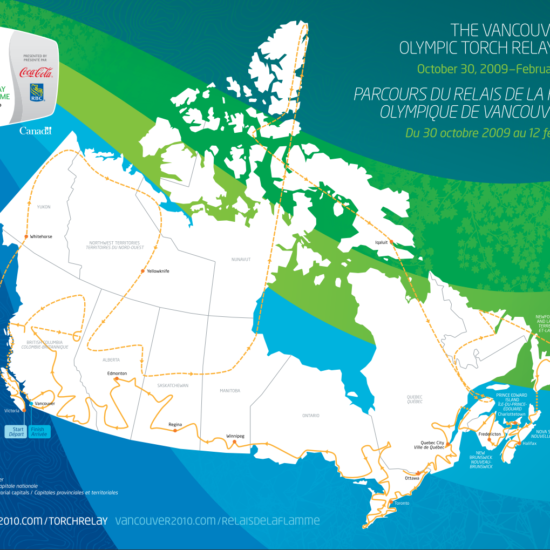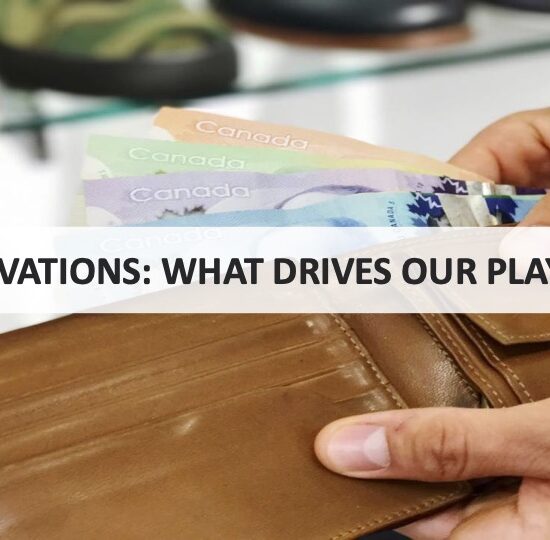
Bob Mackin
A high-ranking British Columbia Ministry of Health official told regional health authorities in 2007 to build-up a 10-week stockpile of emergency supplies in case of a pandemic.
Michael MacDougall, who was Assistant Deputy Minister and Chief Operating Officer at the time, warned that the two-to-four-week inventories of medical and surgical supplies were insufficient.

Michael MacDougall (LinkedIn)
“It has now been determined that in the event of a pandemic, that British Columbia could experience a shortage of critical medical/surgical supplies, as the supply chain will be unable to meet demand in a timely manner and supply chain disruptions appear probable,” MacDougall wrote to the Pandemic Influenza Management Committee on March 27, 2007.
“In this regard, health authorities are asked to increase their critical supplies inventories to 10 weeks to effectively respond to a pandemic event.”
The letter, obtained by theBreaker.news under the freedom of information laws, was written the year after Canada’s post-SARS, federal pandemic plan. That plan was co-authored by chief public health officer Dr. Theresa Tam and said provinces should build their own emergency personal protective equipment stockpiles during inter-pandemic periods. Inventory shortages, transportation interruptions and trade embargoes are inevitable during a pandemic, the plan said.
The B.C. NDP government encountered all three in 2020 after failing to replenish supplies.
MacDougall wrote that time was of the essence for B.C. in 2007, because suppliers were receiving an increase in stockpile orders from various jurisdictions. One of the main suppliers, whose name was not mentioned, indicated that delivery lead-time for pandemic supplies was four to six months.

Yongtao Chen (second from right) with Chinese consul officials on Feb. 12 (WeChat)
“A survey of major suppliers’ stockpile practices indicates they also have about two weeks of inventory in Canada. Many suppliers manufacture offshore and the majority of suppliers do not have pandemic business continuity plans. An outbreak of pandemic influenza typically occurs in one or more waves of approximately six to eight weeks in duration, but can last up to 15 weeks in a large geographic area, such as the entire province of British Columbia,” MacDougall wrote.
theBreaker.news confirmed that the Pandemic Influenza Management Committee did not meet in the second half of 2019. In early 2020, after the coronavirus outbreak in Wuhan, groups in B.C. affiliated with the Chinese Communist Party’s United Front embarked on a PPE buying spree at B.C. retailers and wholesalers, for export to China.
A Provincial Health Services Authority supply chain memo last February showed B.C.’s medical equipment stockpiles had fallen from $5.7 million value in mid-2013 under the BC Liberals to $2.07 million at the end of 2019 under the NDP. Most expired or donated inventory was not replenished. Interior Health reported a $0 value stockpile.
“Should a widespread pandemic occur in B.C., the current level of pandemic supplies will likely not meet B.C.’s requirements which may lead to public safety risk,” said the Feb. 13 document, by Melinda Mui, the interim vice-president of PHSA’s supply chain department.
The next month, the World Health Organization declared a global pandemic emergency.
Stockpile respirators
MacDougall’s 2007 letter said N95 masks should be added to stockpiles under an “all hazards approach.”
“These stockpiles could be used for a number of different disease such as SARS like viruses,” he wrote. “With current concerns growing over supply and demand of these masks, it is prudent to add these to the B.C. stockpile in an effort to strengthen the province’s capacity to respond to infections diseases, or to any incident requiring protective equipment and N95 mask use.”
Coincidentally, on the 13th anniversary of MacDougall’s letter, Premier John Horgan’s deputy minister ordered government workers to hunt for N95 masks in earthquake kits under desks in government offices. Don Wright wanted the masks delivered to the premier’s office for inspection by Horgan, before donating to frontline doctors and nurses.
Even more evidence of B.C.’s PPE shortage came in documents obtained by theBreaker.news. Surrey-headquartered Fraser Health Authority ordered $2.65 million of masks, safety glasses, paper and plastic bags and thermometers on a no-bid contract with Burnaby’s West-Can Auto Parts in March and April.

Dr. Bonnie Henry (left), Premier John Horgan and Health Minister Adrian Dix (Mackin)
In July, Health Minister Adrian Dix said the government spent $114 million on PPE in the first six months of 2020, including $29.55 million on N95 or equivalent respirators. The Ministry has not released how much it spent in 2019, choosing to delay disclosure of the figure until after the election.
At an Oct. 10 campaign stop outside Richmond Hospital, Dix declined to answer about 2019 and earlier. As for playing catch-up in 2020, Dix said, “I think we’ve done well.”
Three days later, at the Oct. 13 leaders debate, Horgan said “none of us anticipated this.”
“We didn’t think about it in 2017, 2018 or 2019. We didn’t think about it in February, when we tabled our balanced budget. We only thought about it in March when it hit us right in the face,” Horgan said.
A scathing Oct. 6 report for the Canadian Federation of Nurses called “Time of Fear: How Canada Failed Our Health Care Workers and Mismanaged COVID-19,” said Canada was woefully unprepared because it largely ignored the lessons of SARS.
“We will never know how many of the more than 21,000 Canadian health care workers infected with COVID‐19 might have been kept safe had there been sufficient stockpiles at a precautionary level,” the report said. “What we do know, as outlined earlier in this report, is that jurisdictions like China, Hong Kong and Taiwan, that took a precautionary approach to worker safety, have significantly lower levels of health worker infections.”
Support theBreaker.news for as low as $2 a month on Patreon. Find out how. Click here.










